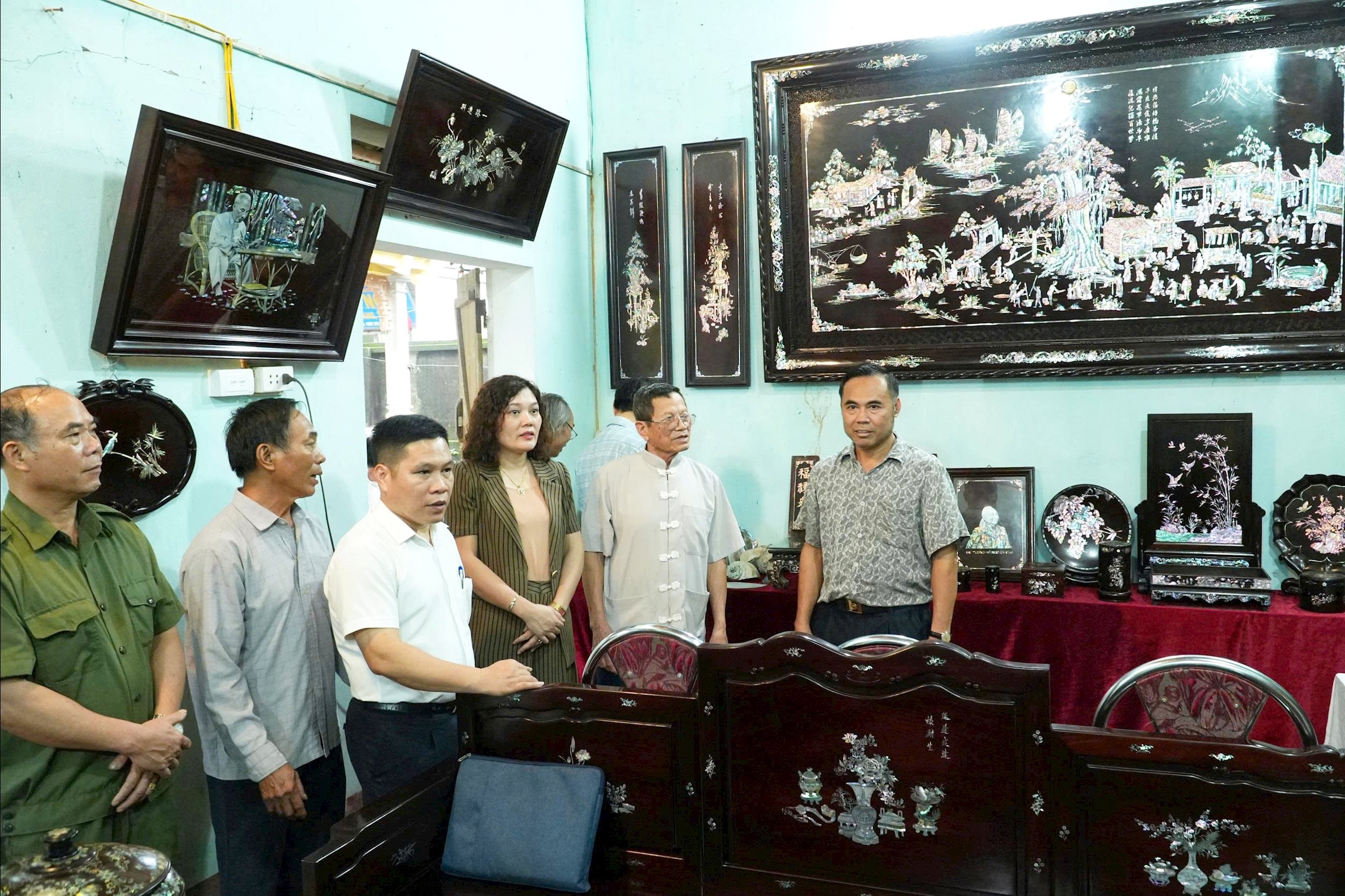
Help elevate the product
Chuyen My Commune is known as the "cradle" of traditional mother-of-pearl inlay and lacquer. Thanks to the talented hands of the craftsmen, seemingly lifeless pieces of mother-of-pearl, snails and eggshells have been transformed into exquisite works of art, sparkling with mother-of-pearl, attracting a large number of customers.
According to Director of Phu Chuyen Agricultural Cooperative Vu Van Dinh, currently 99% of households in Chuyen My participate in traditional craft production, including mother-of-pearl inlay. This profession has helped people have stable jobs, improve their lives, thereby contributing to ensuring local economic security.
Initially, Chuyen My mother-of-pearl inlay products were mainly exported to the Chinese market. However, in recent years, the market has expanded to Western European countries and many Southeast Asian countries. The products are also consumed strongly in Hanoi and other provinces and cities in the country. To promote consumption, a village product introduction center has been established in the commune, becoming a tourist highlight, promoting OCOP products associated with cultural experiences.
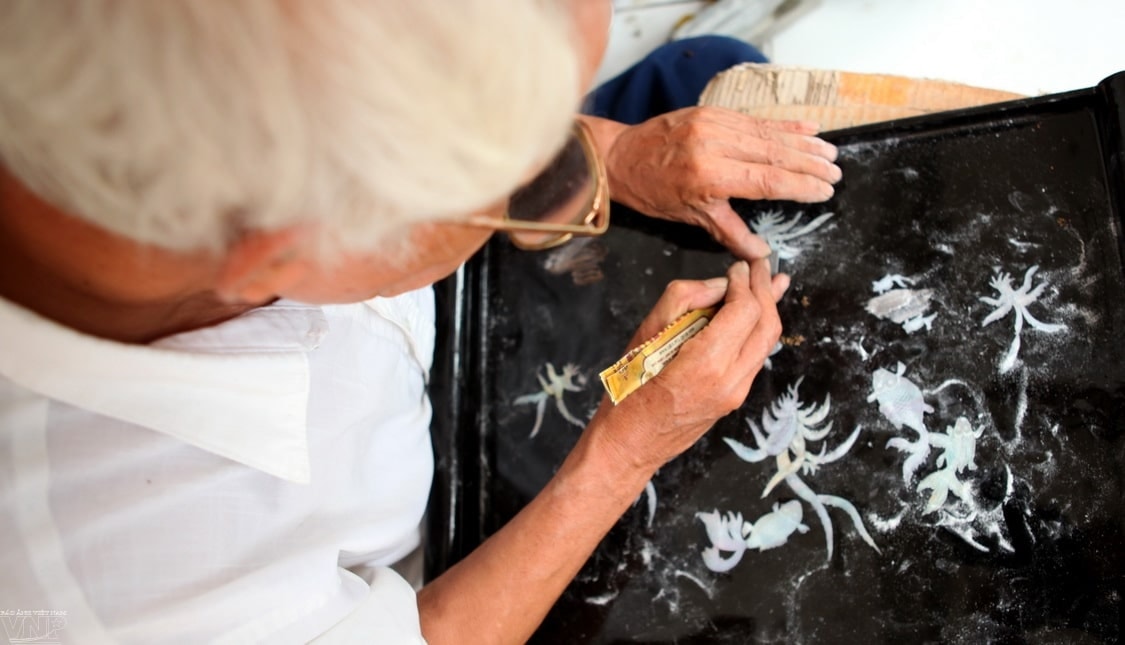
Being considered for membership in the World Network of Creative Craft Cities is a great honor for Chuyen My. According to Mr. Vu Van Dinh, this will be a strong push to change people's thinking, encourage them to improve the quality and sophistication of their products, diversify markets, and expand global exports.
To achieve this goal by 2025, Vice Chairwoman of Chuyen My Commune People's Committee Nguyen Thi Thuy Huong said: The Commune People's Committee is closely coordinating with departments, branches, experts and the Vietnam Handicraft Export Association to complete the dossier and prepare the best conditions to welcome the survey delegation of the World Craft Council.
Preparation includes completing criteria such as carefully reviewing 9 criteria contents according to the instructions of professional agencies (including planning, production organization, training, promotion, branding and development of craft village tourism). In addition, Build a traditional room by collecting and preserving valuable artifacts (artisan photos, royal decrees, mosaic drawings); design a multilingual website, produce videos and print leaflets to promote the history and products of the craft village; decorate and display the Craft Village Recognition Certificate, Royal Decree, and Medals.
Every citizen and artisan of Chuyen My is aware that each product is a cultural ambassador carrying the story of the people and land of Chuyen My to the world.
Product development associated with the OCOP program
Hanoi currently has 1,350 craft villages and villages with crafts, of which 337 have been recognized as traditional craft villages. These craft villages not only contribute significantly to the development of the rural economy, creating jobs and stable income for the people, but are also places to preserve and pass on the unique cultural values of Thang Long land.
However, the development of many craft villages still faces difficulties due to small-scale production, low product value, environmental pollution and lack of synchronous infrastructure.
According to Vice President of the Vietnam Handicraft Export Association Le Ba Ngoc, in the context of integration, the application of science and technology is a vital factor for the development of craft villages. In particular, handicraft products are not essential goods, to compete, they must rely on cultural values, brand stories and green, clean, zero-emission production. Therefore, investing in modern machinery, creative design and training high-quality human resources will help production facilities improve productivity and quality, meeting the requirements of domestic and foreign markets.
To address the above challenges, Hanoi has issued a Master Plan for Craft Village Development for the 2025-2030 period, with a vision to 2050 (January 2025). This plan aims to preserve and develop craft villages in association with innovation and international integration.
Deputy Director of the Hanoi Department of Agriculture and Environment Nguyen Dinh Hoa said that the project focuses on 11 key solution groups, including completing craft village planning; improving infrastructure and environment; training human resources; digital transformation; developing products associated with the OCOP program; promoting trade, international cooperation and mobilizing socialized resources.
In parallel, eight priority tasks were implemented, including preserving and restoring traditional craft villages; developing craft villages associated with tourism and green economy; handling environmental pollution; applying new technology; upgrading infrastructure; training and passing on skills; promoting products and building brands.
According to Mr. Nguyen Dinh Hoa, Hanoi has a great advantage as the Law on the Capital (amended) has just been passed by the National Assembly, creating a solid legal corridor for the city to issue specific policies to support the development of craft villages in terms of planning, credit, trade promotion, infrastructure and vocational training.
(Information page in coordination with the Office of Coordination of the New Rural Development Program of Hanoi City)
Source: https://daibieunhandan.vn/thuc-hien-chuong-trinh-moi-xa-mot-san-pham-ocop-o-ha-noi-phat-trien-cac-san-pham-ocop-mang-dam-ban-sac-van-hoa-dia-phuong-10393309.html


![[Photo] National Assembly Chairman Tran Thanh Man received a delegation of the Social Democratic Party of Germany](https://vphoto.vietnam.vn/thumb/1200x675/vietnam/resource/IMAGE/2025/10/28/1761652150406_ndo_br_cover-3345-jpg.webp)



![[Photo] Draft documents of the 14th Party Congress reach people at the Commune Cultural Post Offices](https://vphoto.vietnam.vn/thumb/1200x675/vietnam/resource/IMAGE/2025/10/28/1761642182616_du-thao-tai-tinh-hung-yen-4070-5235-jpg.webp)

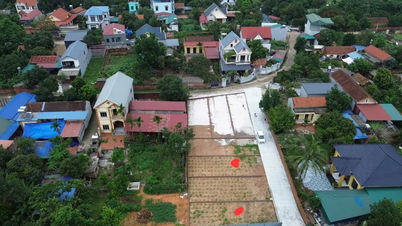



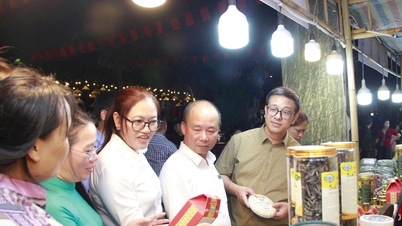
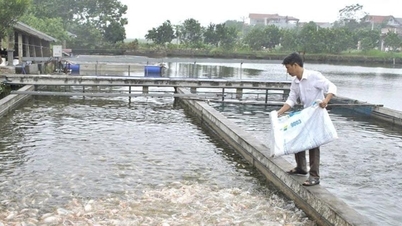
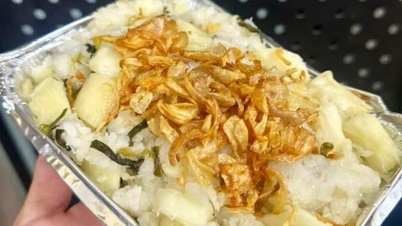

![[Photo] National Assembly Chairman Tran Thanh Man receives Chairman of the House of Representatives of Uzbekistan Nuriddin Ismoilov](https://vphoto.vietnam.vn/thumb/402x226/vietnam/resource/IMAGE/2025/10/27/1761542647910_bnd-2610-jpg.webp)

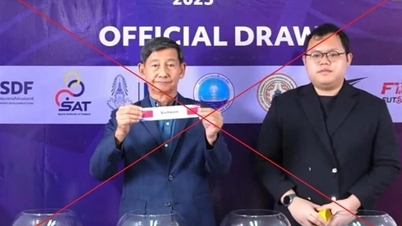

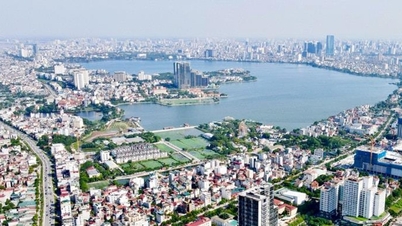
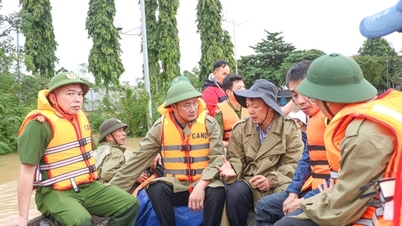

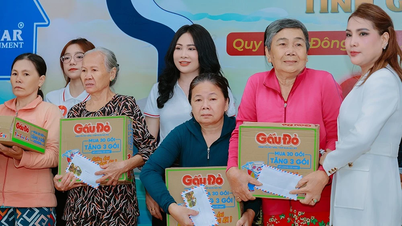

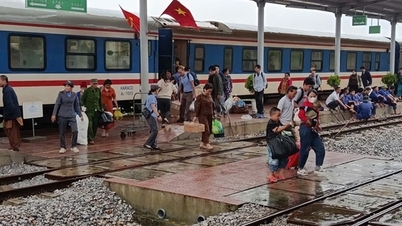




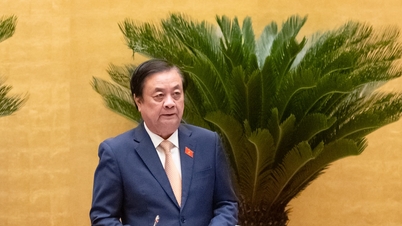




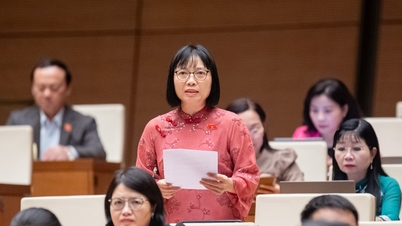
![[Photo] President Luong Cuong attends the 80th Anniversary of the Traditional Day of the Armed Forces of Military Region 3](https://vphoto.vietnam.vn/thumb/1200x675/vietnam/resource/IMAGE/2025/10/28/1761635584312_ndo_br_1-jpg.webp)













































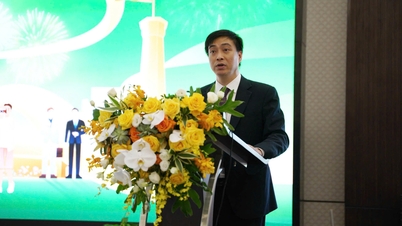


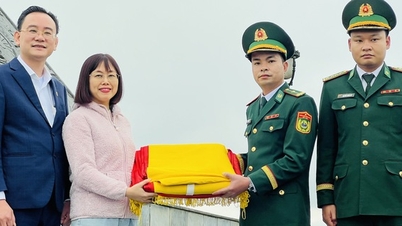

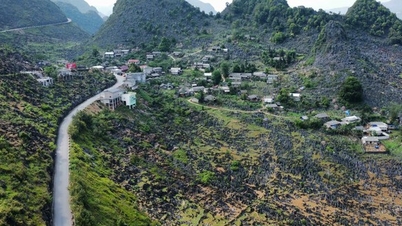

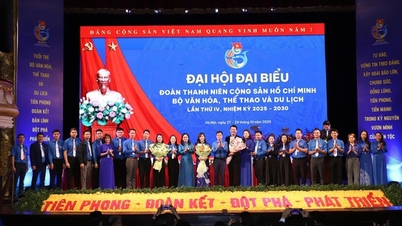
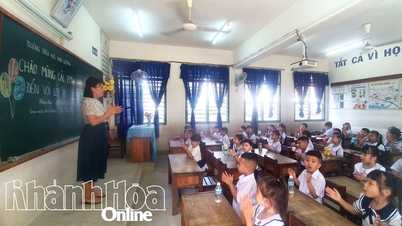



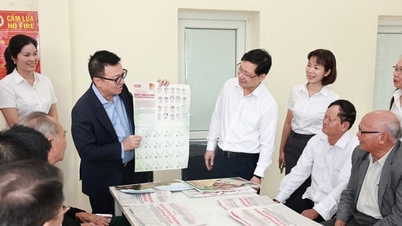
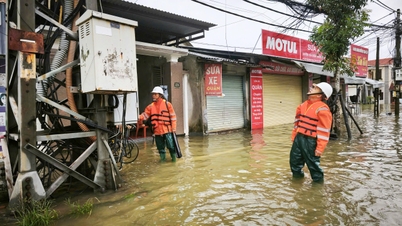

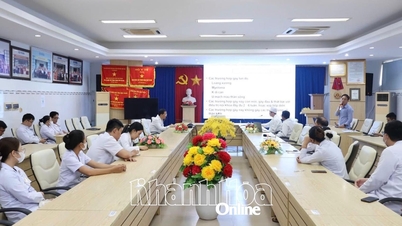
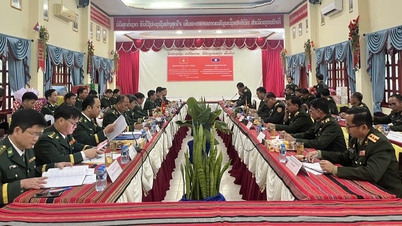














Comment (0)